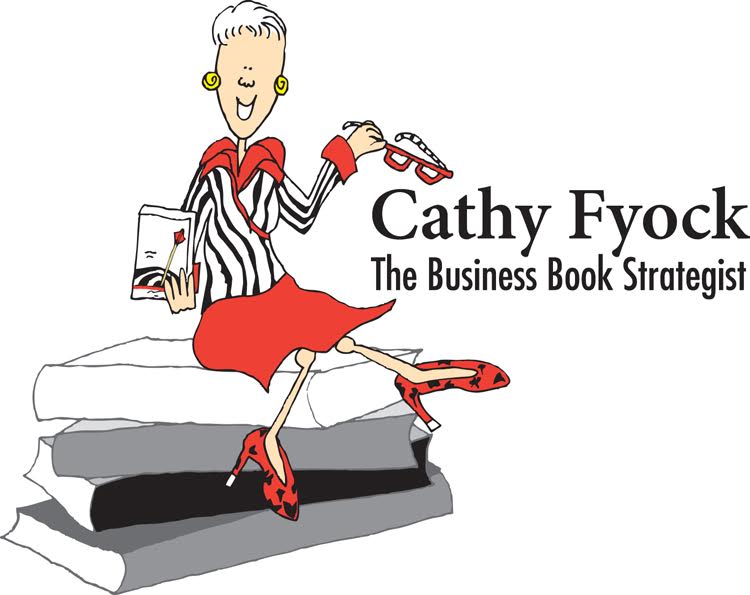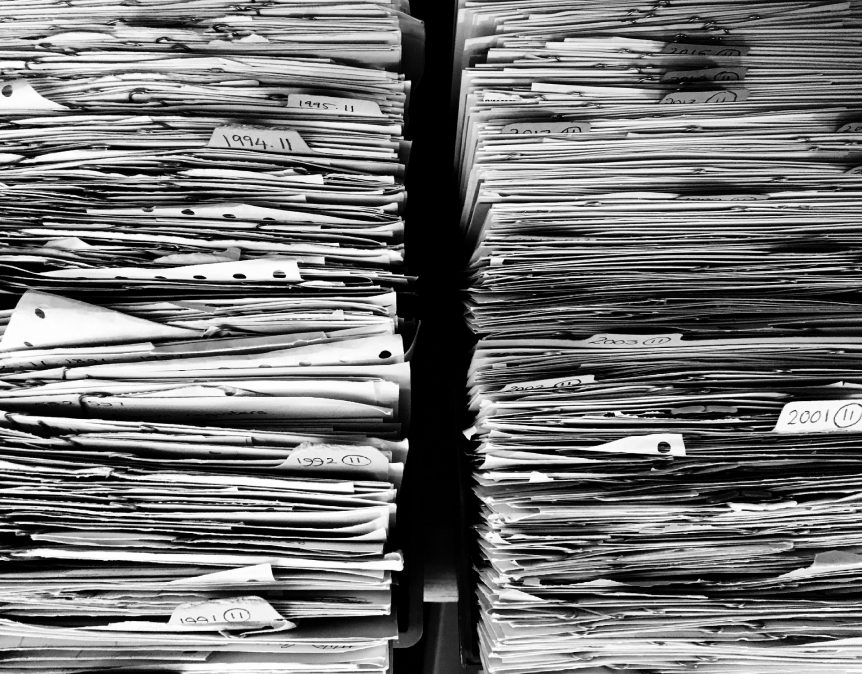You’ve got lots of ideas to include in your book. So how do you not lose good ideas while sorting through all the juicy tidbits you’d like to share?
In one of my group coaching calls, this was the question asked by a client. And, while each author on the call shared our own ideas, one of the best was the concept of “the dump” shared by author and publishing partner Amy C. Waninger (Network Beyond Bias).
Here’s how it works.
First, outline your book, getting as detailed as you can in key word format.
Next, copy and paste all your blogs, articles, handouts, and other content pieces beneath your outline in a section titled “The Dump.” You might even include a page break when the dump begins, or even color code your dump content (in blue, for example, while your draft material is in black).
Now, begin reading through the dump, looking for pieces of content that would fit into your outline. As you identify that content, highlight the text, cut it from the dump and add it in your outline. It’s important to cut (and not just copy and paste) so that you don’t end up duplicating content.
Next, return to the dump to find your next juicy bit of content, and once again, when you find great content, highlight it, cut it, and paste it into the outline. You are essentially fleshing out your outline with content to create your draft.
If you know that some material will not be used at all (it’s redundant, outdated, or just not relevant) you may cut it completely from the dump, but if there is a chance you’ll use it keep it here. If you find that there is a lot of content for a subsequent book, you might even want to copy it into a separate file.
As you discover new material that might go into the book, add it to your dump. Add quotes, statistics, interesting perspectives, or other content that may help you write. Regularly comb through the new material to add key pieces into your book’s draft (above the dump) while deleting it from the dump.
As you add new material to the dump, be sure to cite your sources so you can provide proper acknowledgement in your book draft.
What’s your best strategy for accumulating and curating content for your book? Share your ideas!

